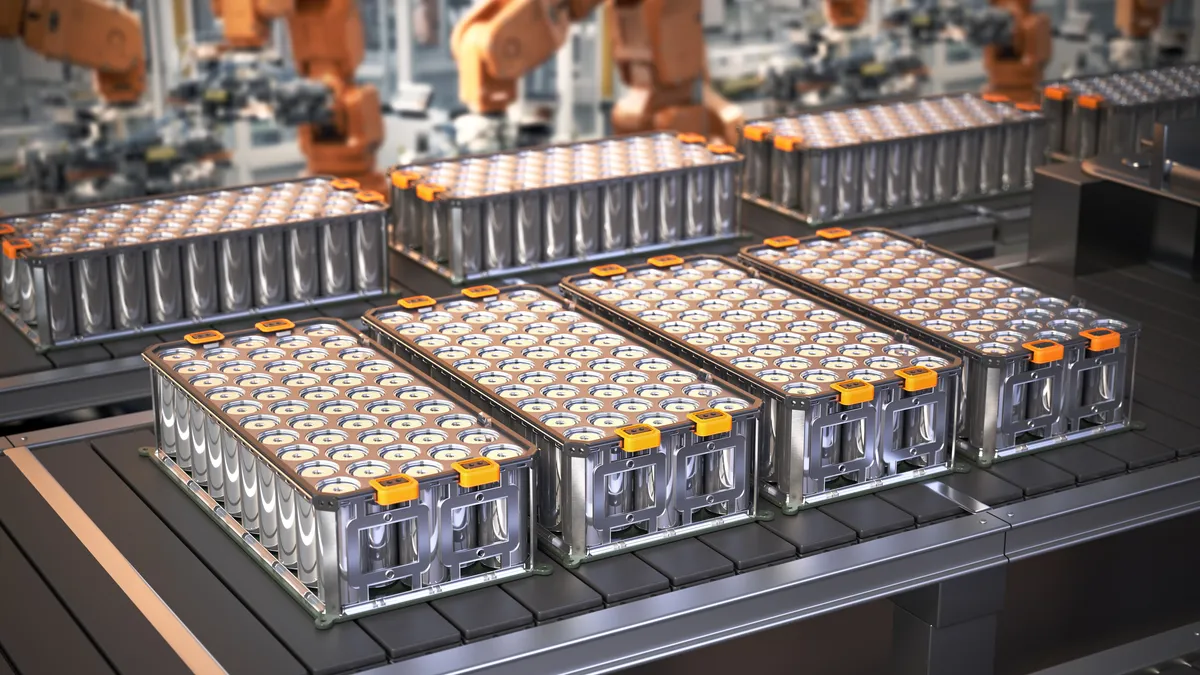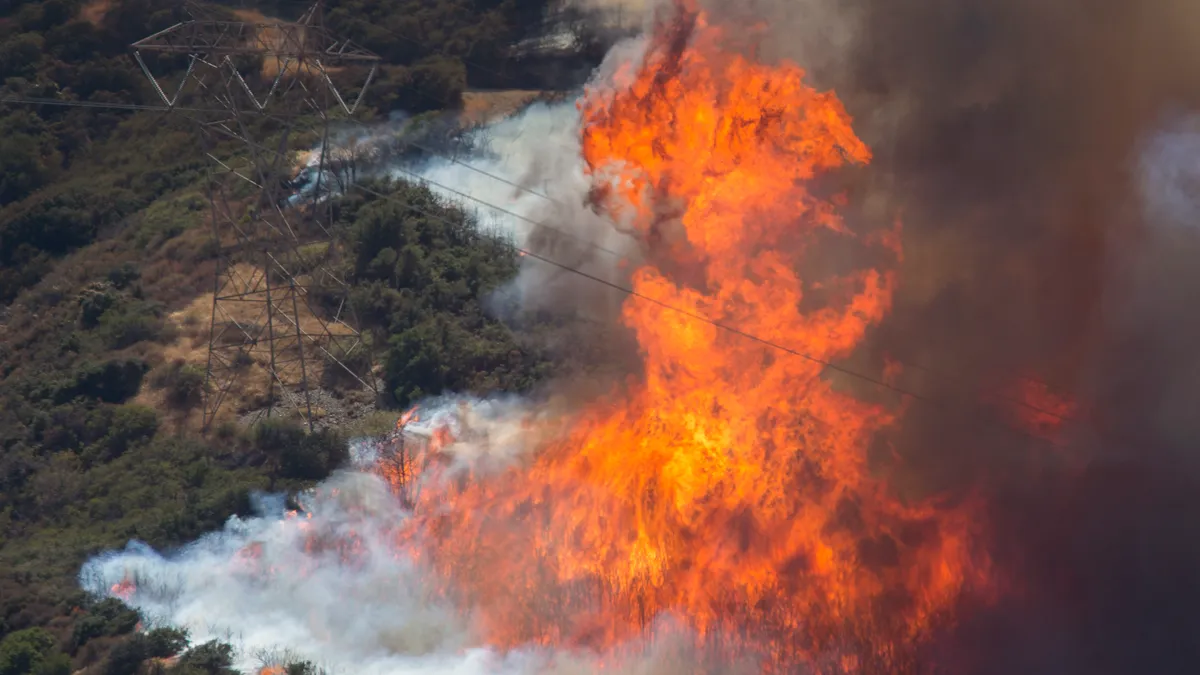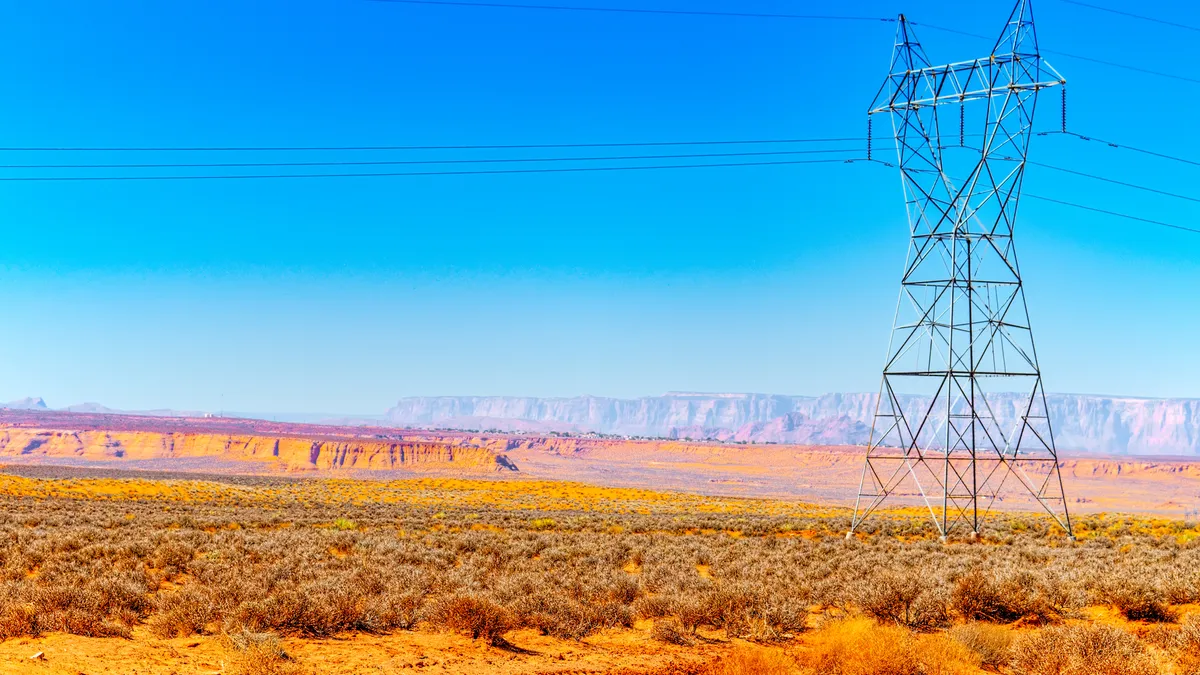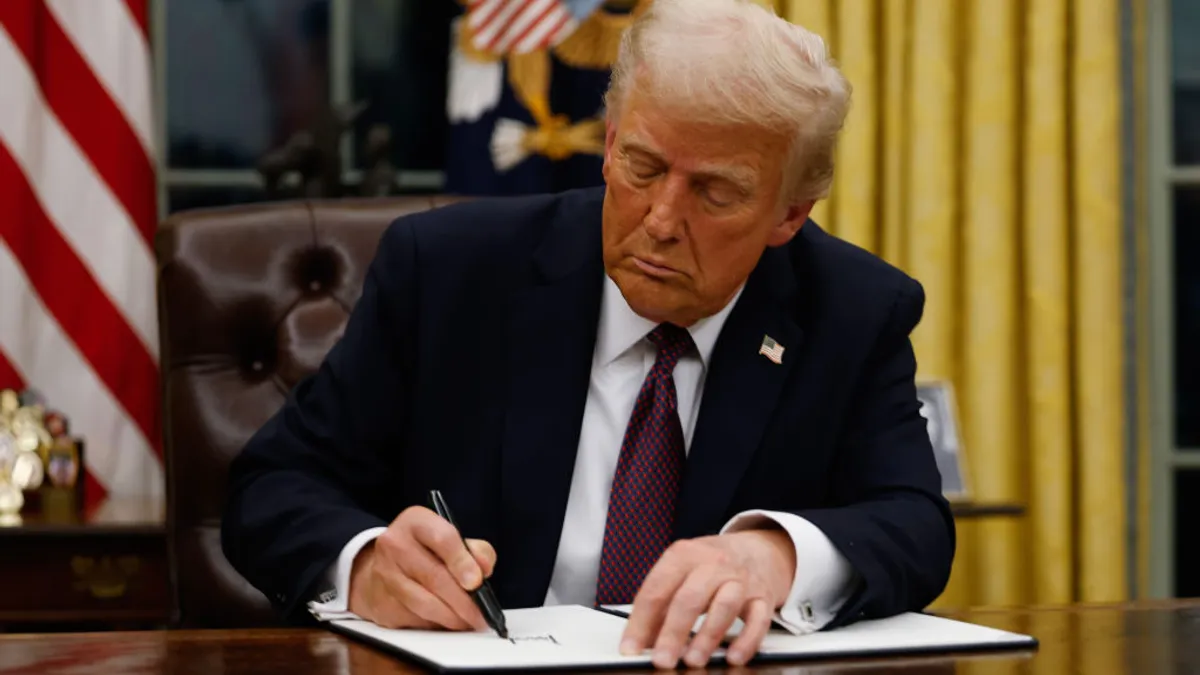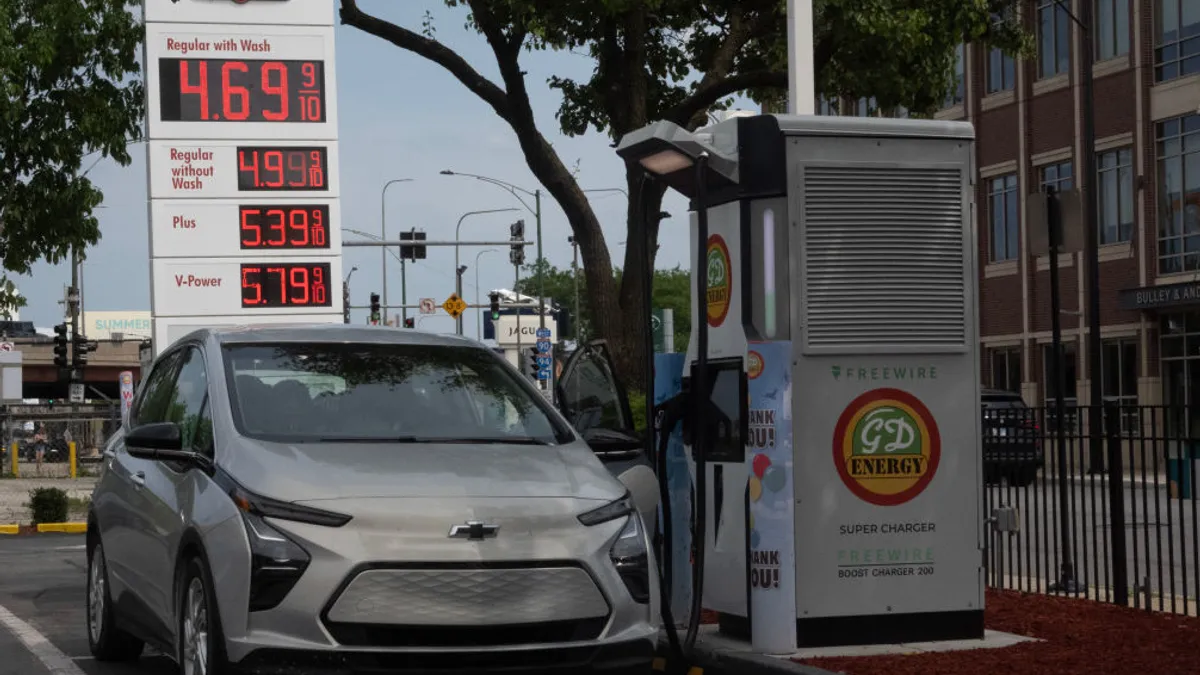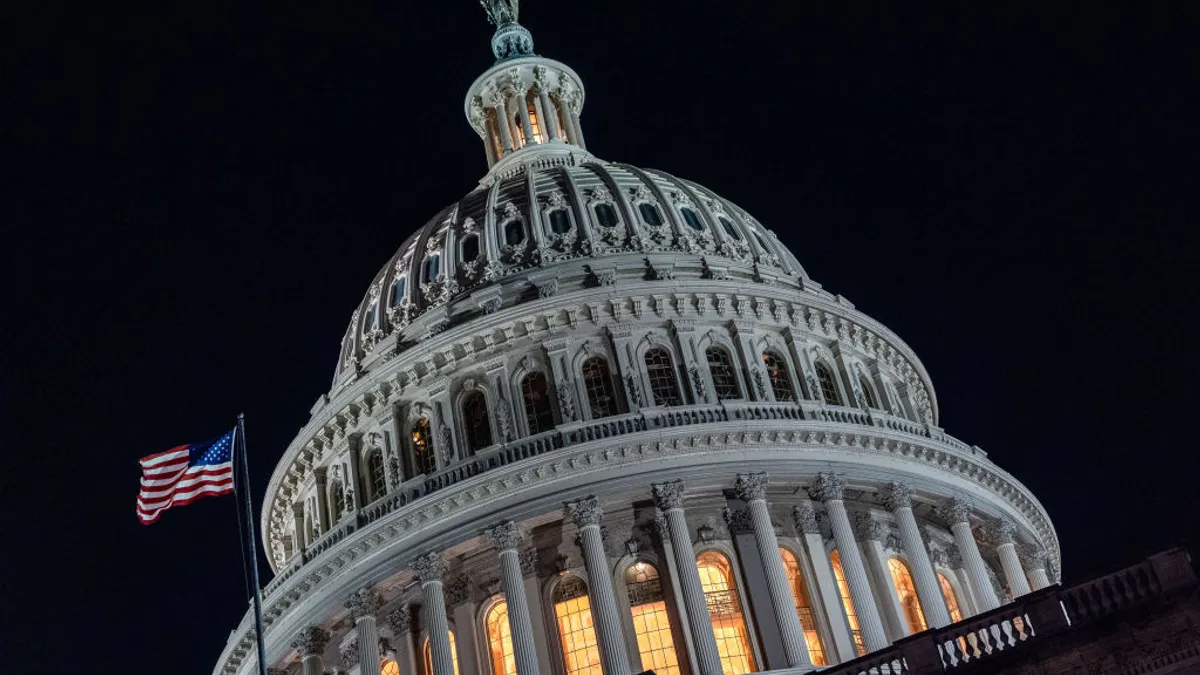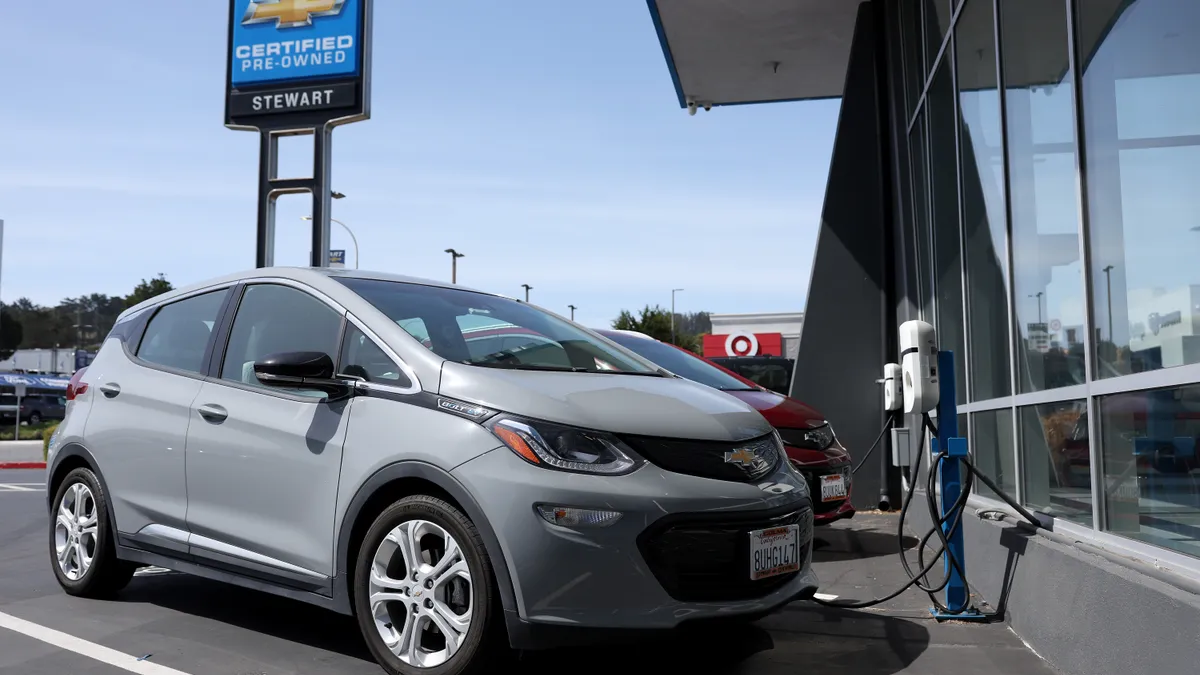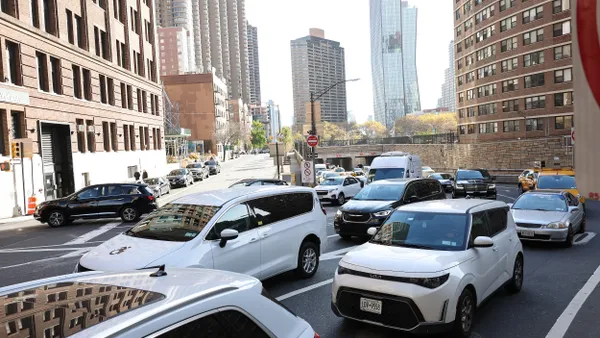Blaine Miller-McFeeley is a senior legislative representative at Earthjustice and Julia Poliscanova is the senior director of vehicles & emobility supply chains at Transport & Environment.
The impacts of climate change are becoming more and more impossible to ignore. Extreme heat waves, intense wildfires, and unprecedented hurricanes, storms and flooding battered both the United States and Europe over the past year, exacting a toll on human life, the environment and the global economy.
Mitigating these consequences requires a quick transition to clean renewable energy that will meet global energy demands while curtailing our reliance on fossil fuels that are warming our planet. Yet, this will involve a considerable challenge that both Europe and the United States will have to face in the upcoming years: The wind turbines, solar panels and batteries for electric vehicles and energy storage rely on minerals like lithium, cobalt, nickel and others that, if not sourced or mined responsibly, can harm health, environment and cultural resources of nearby communities. Simultaneously, global mineral supply chains are often opaque, with well-documented cases of minerals tainted by forced and child labor making their way into our appliances, electronics and other technologies.
While cleaning up supply chains and dirty business practices will take time, a quicker path exists to secure a share of much-needed critical minerals to enable the rapid adoption of green technologies. We must scale up mineral recycling efforts that will reduce our demand for raw minerals and create new jobs in the green economy. But regulation in the United States is woefully behind the European Union. If policymakers want the United States to serve as a global economic leader in the energy transition and catch up to countries that have already invested in the circular economy, it can’t go on pursuing business as usual.
Recent legislation passed by the European Union can serve as a model for the United States. Last year, the EU adopted the “Batteries Regulation,” geared toward increasing transparency in mineral supply chains and jumpstarting the circular economy. Lithium-ion batteries used in electric vehicles and stationary storage are particularly important technologies to get right, as their rapid market growth is forecast to increase demand for their minerals by some 10-30 times by 2040.
Starting this year, the Battery Regulation will put increasingly stringent standards on battery makers to bring down the carbon footprint of batteries for electric vehicles, bikes, scooters and rechargeable industrial batteries. It will shift the burden of recycling batteries from consumers to producers and mandate targets for battery mineral recovery. The Battery Regulation also requires the use of battery passports so that consumers can know how the batteries in the products they purchase are sourced and processed. Batteries sold in the EU will also have to include increasing percentages of recycled minerals and be traceable, creating a major demand for recycled — secondary — minerals. This in turn will push producers to innovate and adopt the most technologically advanced and sustainable recycling processes, recovering as much material as possible.
Recycling is a triple win for reducing emissions, protecting public health and growing the economy. Mineral recycling decreases demand for new mines, exposing fewer communities to the health impacts of mining and mineral processing operations that oftentimes endanger their air, water and cultural resources. It has the potential to be an economic powerhouse, creating new jobs in communities across the United States and Europe that have put green re-industrialization on top of their political agendas. It makes economies more resilient to price shocks that accompany global instability and allows battery producers and clean energy manufacturers to confidently declare their supply chains free from child labor, forced labor and environmental degradation.
Thanks to the Inflation Reduction Act and the Infrastructure, Investment, and Jobs Act, billions of dollars are pouring into new projects in the United States with the goal of industrial-scale recycling. But the United States lacks the legal and regulatory framework to keep pace with these rapid investments, risking supporting an industry that could cause long-term harm to local communities if not done right, rather than provide this triple win.
The U.S. Congress can build on the successful investments of the IRA and IIJA and pass comprehensive circular economy legislation that mirrors much of the EU battery regulations. The legislation should include a producer responsibility requirement to ensure that batteries are recycled and reused, and designed to facilitate efficient reuse and recycling at the end of their lives. Like the EU's Battery Regulation, it should include traceability and due diligence standards to prove sustainable mineral sourcing, reducing opportunities for bad actors using opaque supply chains to profit from the clean energy transition. It must ensure that both battery recycling facilities and battery manufacturing facilities abide by stringent air and water emissions standards to avoid polluting the communities around them.
Batteries will power the clean energy transition, and we have the power to determine whether that transition is truly just. For the sake of reducing the impact of mining on communities and the environment in the U.S. and around the globe, the U.S. must join the European Union in its efforts to address head-on the messiest parts of the energy transition. As the world’s largest economy, with a fast-growing EV market, the United States can — and must — be a global leader on creating a circular economy for batteries. The clock is ticking and the world is watching.


